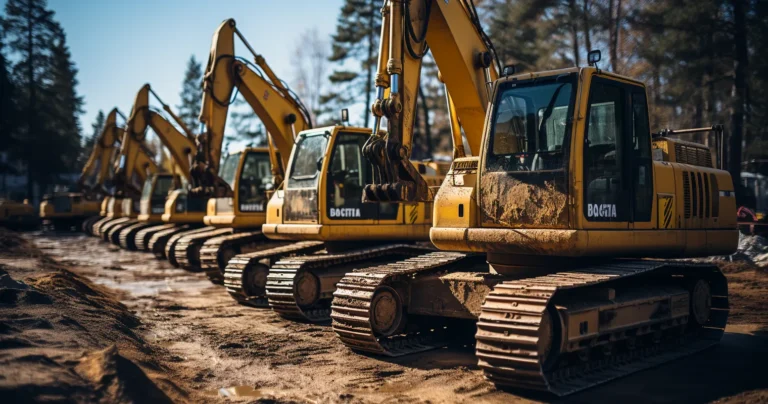In the ever-evolving landscape of emissions regulations, companies like John Deere have been at the forefront of innovation, striving to strike a balance between engine performance and environmental responsibility. John Deere’s commitment to sustainability and the environment is clearly exemplified in its advanced aftertreatment systems, which play a pivotal role in reducing harmful emissions while maintaining the high standards of performance the brand is known for.
The Challenge of Emissions Compliance
Emissions regulations around the world have become increasingly stringent over the years, prompting manufacturers of off-road diesel engines to seek creative solutions to meet these challenging standards. John Deere, a name synonymous with quality and innovation in the agricultural and construction industries, has risen to the occasion with cutting-edge aftertreatment systems.
A Balancing Act: John Deere’s Approach
John Deere’s aftertreatment systems are designed to address two key pollutants: nitrogen oxides (NOx) and particulate matter (PM). NOx contributes to smog formation and has harmful effects on human health, while PM emissions consist of tiny particles that can penetrate deep into the lungs, posing serious health risks. Finding a balance between reducing these emissions and maintaining engine performance is a complex engineering challenge.
Integrated Emissions Control System (IECS)
John Deere’s Integrated Emissions Control System (IECS) is a flagship innovation that demonstrates the company’s commitment to sustainable technology. The IECS is designed to optimize the reduction of both NOx and PM emissions, ensuring that John Deere engines not only meet but exceed the most stringent emissions standards across the globe.
The IECS achieves this balance through a combination of advanced technologies:
- Cooled Exhaust Gas Recirculation (EGR): By recirculating a portion of exhaust gases back into the engine, the IECS reduces combustion temperatures, which in turn lowers NOx emissions.
- Engine Calibration: John Deere’s precise engine calibration fine-tunes the combustion process, maximizing efficiency and minimizing emissions.
- Diesel Particulate Filter (DPF): To tackle PM emissions, the IECS utilizes a DPF, which captures and reduces particulate matter emissions before they are released into the atmosphere.
- Diesel Oxidation Catalyst (DOC): The DOC complements the DPF by further reducing harmful emissions, ensuring that John Deere engines are among the cleanest in the industry.
Benefits of John Deere Aftertreatment Systems
- Environmental Stewardship: The foremost advantage of John Deere’s aftertreatment systems is their significant reduction in harmful emissions, contributing to cleaner air and a healthier environment for all.
- Regulatory Compliance: John Deere’s commitment to meeting and surpassing emissions standards ensures that their equipment can be used in regions with the strictest environmental regulations.
- Performance Excellence: Despite the focus on emissions reduction, John Deere’s aftertreatment systems maintain the high levels of performance and fuel efficiency that customers expect from this industry leader.
- Global Applicability: John Deere’s aftertreatment solutions are designed to meet emissions standards worldwide, making their equipment adaptable to diverse markets and regions.
A Sustainable Future with John Deere
As the world continues to grapple with environmental challenges, companies like John Deere are taking significant strides toward a more sustainable future. Their advanced aftertreatment systems not only reduce emissions but also set new standards for performance and innovation in the industry. With John Deere’s commitment to excellence and environmental stewardship, the agricultural and construction sectors can look forward to a cleaner and more efficient future.





